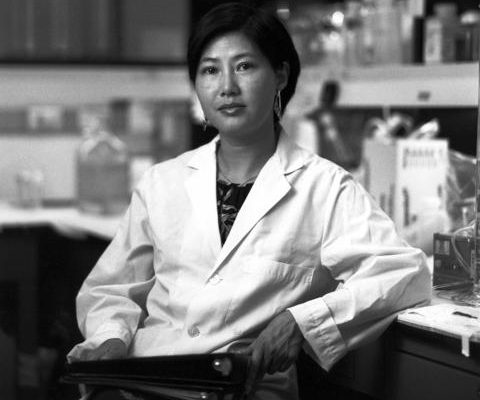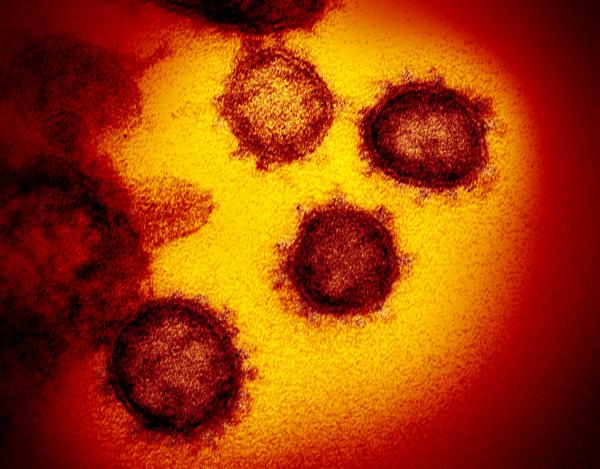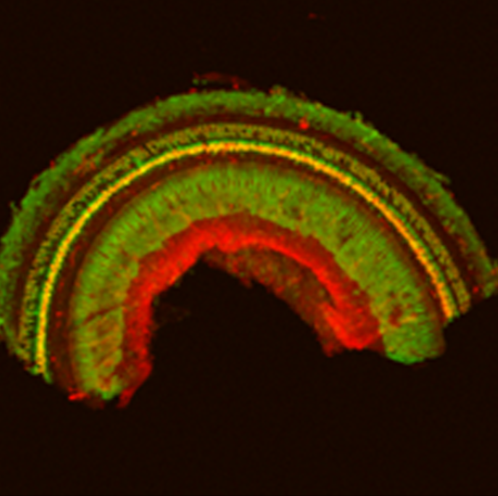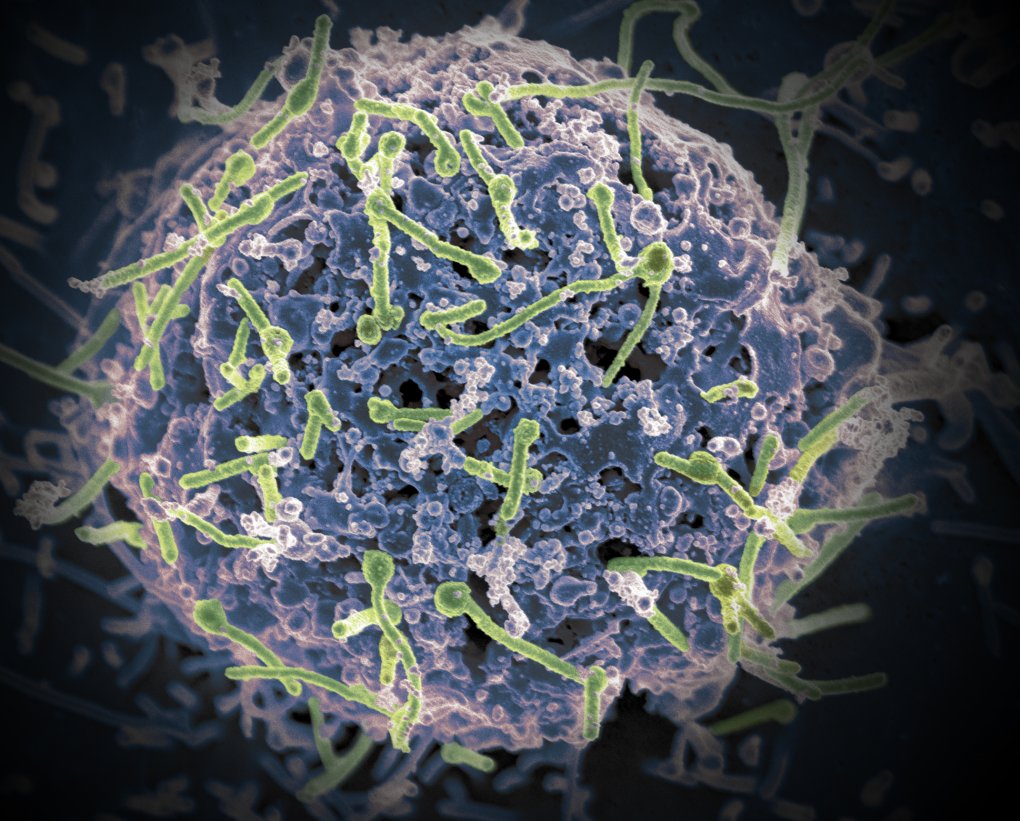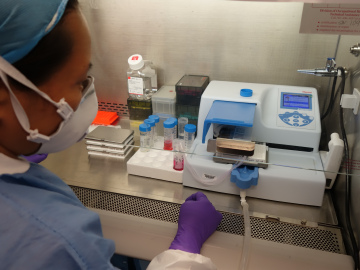IRP’s Harvey Alter Awarded Nobel Prize
NIH Researcher’s Pioneering Work Led to Discovery of Hepatitis C
When the phone rang at 4:15 in the morning, IRP senior scientist Harvey J. Alter, M.D., was annoyed. He didn’t answer it. After the third try, he reluctantly got out of bed and took his phone out to the hallway.
“Before I could yell at the person, he said, ‘This is Stockholm calling,’” Dr. Alter recalls. “And then I got stopped in my tracks. Then the moment of disbelief and awe comes over you.”
The man from Stockholm informed Dr. Alter that he had won the 2020 Nobel Prize in Physiology or Medicine for his contributions to the discovery of the hepatitis C virus. He shared the prize with Michael Houghton, Ph.D., of the University of Alberta, Canada, and Charles M. Rice, Ph.D., of Rockefeller University in New York.




